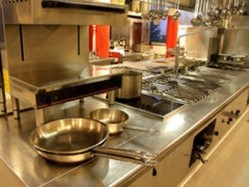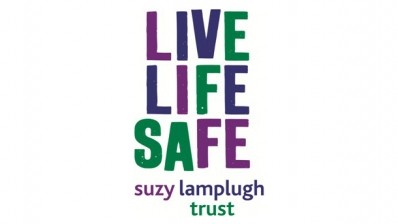ASK THE EXPERTS
What do I need to include in a health and safety policy?

Problem: I've been told I need to have a health and safety policy in place before I open my new hotel, but I don't know where to start and what needs to be included in it? Can you help?
Solution: With the Olympic Games coming to London next year, there is going to be extra pressure placed on the hospitality industry to ensure that they can offer the highest standards to visitors. Whether you are new business or an established hotelier needing to check existing standards, failing to implement a thorough health and safety policy can have a detrimental effect on a business's reputation and bottom line.
I recommend these tips to creating a policy:
Create a clearly-defined risk management system
Risk assessment systems for a hotel, restaurant or pub, will concentrate on issues such as the prevention of food poisoning, the security of guests, prevention of fire and even simple issues such as slips and trips. The process of identifying these seems like an exercise in common sense, but it is important to explicitly make arrangements that prevent these risks manifesting into accidents. The key to a successful risk management system is to have all members of staff actively involved in the process of safety and clearly assigning each person with duties that minimise risk. Along with giving them responsibility, it is vital that they get the information, instruction, training and equipment necessary to carry out these duties first.
Monitor the system
It is very easy for an established risk management system to degrade over time as people forget their responsibilities and get caught up as the nature of the business changes. To ensure the continued effectiveness of the system, it is important to create a series of checkpoints that allow management to gauge effectiveness. Examples of these checkpoints might be proactive procedures such as a daily walk around the premises to check that arrangements are in place and checking fire and escape systems are operational and ensuring that staff haven't forgotten basic safety doctrine – such as the requirement to keep emergency escape routes clear. A further example could be reactive monitoring of logged incidents that may have been prevented if the system was working effectively.
Evaluate the system
A risk management system needs to be part of ongoing management review. In addition to formal reviews and the refreshing of procedures at regular intervals, it is also good practice to discuss the effectiveness (or lack of) at operational management meetings so that any corrective action can be taken.
Educate staff
A risk management system relies on people, and those people are only going to be of use if they have the appropriate level of information, instruction and training to contribute to the safe running of the business. The level of training needs to be in line with the level of responsibility each individual has within the system. It is important to remember that this is an ongoing process and with constant staff changes comes the need to constantly train and retrain. Whilst formal training is useful to provide skills that may be difficult to obtain, the value of internal trainers that understand how your risk management system works is not to be underestimated.
Be flexible
Each day is different. Something will always come along to challenge the established risk management system. The key to dealing with this is to create a system that has the flexibility to adapt and improve. Ensure that staff are trained to spot issues that are new or previously unnoticed and give constructive feedback on how working practices and the risk management system can be adapted accordingly. The best mechanism for change that an organisation has is its staff, so make sure that you are listening to what they have to say.





















